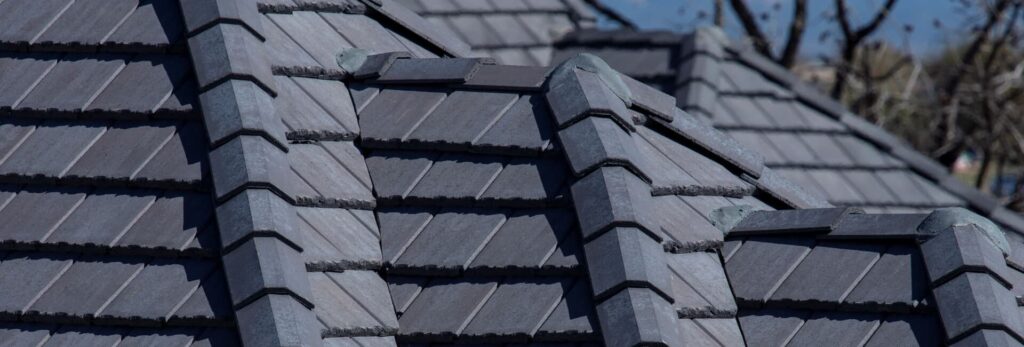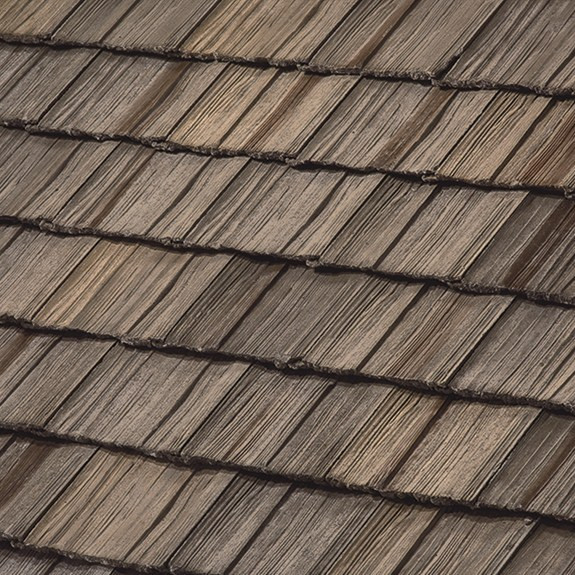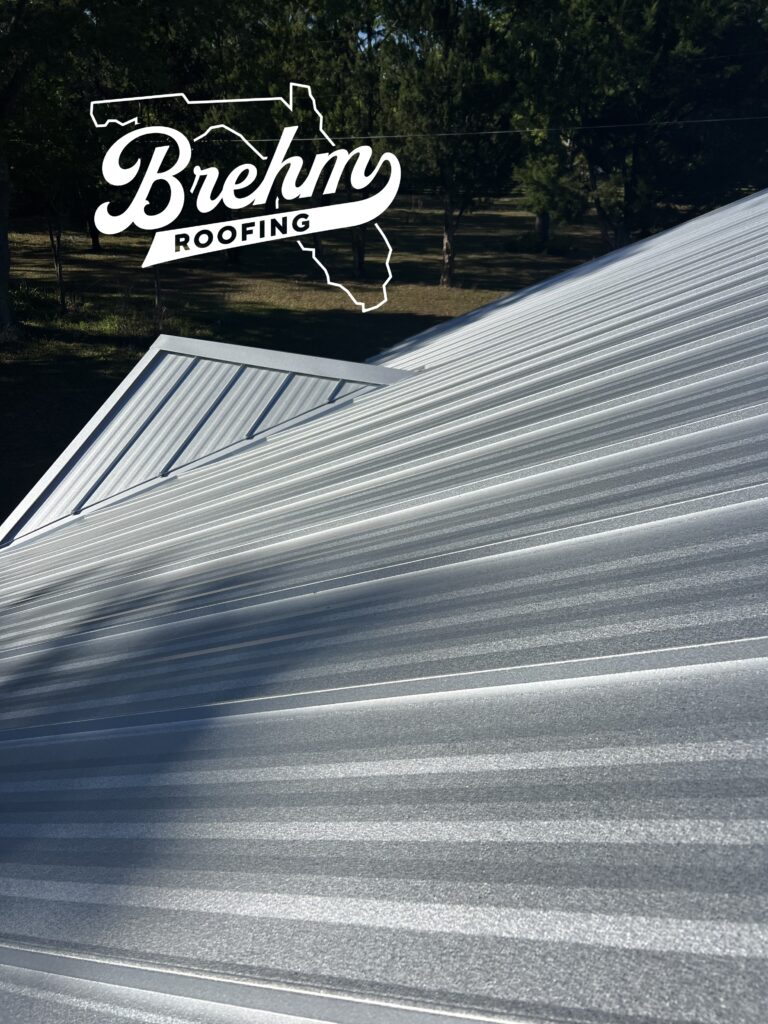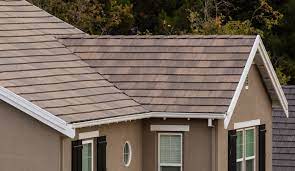The Durability and Longevity of Concrete Tile Roofs

When it comes to selecting the best roofing material for your home, the decision often boils down to balancing aesthetics, durability, cost, and longevity. As a professional roofing contractor with years of experience navigating the complexities of various roofing systems, I’ve seen firsthand the impact that the right choice can make on a home’s protection, value, and appearance. Among the plethora of options available to homeowners, concrete tile roofs stand out for their remarkable lifespan and resilience. This comprehensive exploration delves into the world of concrete tile roofs, contrasting their performance with popular alternatives like asphalt shingles, metal roofing systems, standing seam metal roofs, and clay tile roofs.
Understanding Concrete Tile Roofs: A Foundation of Durability
Concrete tile roofing is renowned for its exceptional durability and longevity. Crafted from a mixture of Portland cement, sand, and water, these tiles are then molded under high pressure and heat to create a hardy roofing material. Concrete tiles are designed to endure the elements, offering superior resistance to high winds, hail, and even fire. Their robust nature contributes to a lifespan that can easily surpass 50 years with proper maintenance, making them a wise investment for those seeking a long-term roofing solution.
The Lifespan Advantage: A Closer Look
The longevity of concrete tile roofs is not just a claim; it’s a proven advantage that stands the test of time. Unlike other roofing materials that may require replacement every 20 to 30 years, concrete tiles offer a lifespan that can extend up to 50 years or more. This extended lifespan is a testament to the material’s ability to withstand harsh weather conditions without succumbing to the common pitfalls of wear and tear.

Comparing Durability: Concrete Tiles vs. Other Roofing Systems
To truly appreciate the value of concrete tile roofs, it’s essential to compare their durability and lifespan with other popular roofing materials:
- Asphalt Shingles: While asphalt shingles are a common choice for their affordability and variety, they typically have a shorter lifespan, averaging between 15 to 30 years. They are more susceptible to wind uplift and can degrade faster under constant exposure to the sun and temperature fluctuations.
- Metal Roofing Systems: Metal roofs are praised for their longevity, energy efficiency, and resistance to extreme weather. However, the lifespan of metal roofing can vary widely depending on the type and quality of the metal. While they can last up to 40-70 years, some styles, particularly lower-grade metals, may experience issues like denting from hail or noise during rainstorms.
- Standing Seam Metal Roofs: Standing seam metal roofs are a specific type of metal roofing known for their raised seams, which enhance their ability to shed water and snow. While offering a lifespan comparable to high-quality concrete tiles, the initial cost can be significantly higher, and they require skilled installation.
- Clay Tile Roofs: Clay tiles share many of the aesthetic and durability characteristics of concrete tiles, including a long lifespan. However, clay tiles are generally more expensive than concrete and can be more fragile, making them prone to cracking under impact.
Navigating Aesthetic and Functional Considerations
Choosing a roofing material is not solely about durability and longevity. Aesthetics play a crucial role in this decision, as the roof significantly influences a home’s curb appeal. Concrete tiles offer a versatile range of styles and colors, from traditional barrel tiles that evoke a Mediterranean flair to flat tiles that provide a more modern look. This versatility allows homeowners to select a roof that complements their home’s architectural style while benefiting from the material’s durability.
Metal Roofing Styles: A Comparative Perspective
When considering metal roofing styles, it’s important to note the aesthetic diversity available. Metal roofs can mimic the look of traditional materials like clay tiles, wood shakes, and even slate, offering a lightweight, durable, and energy-efficient alternative. However, concrete tiles retain a unique appeal, especially for those seeking a classic or region-specific look that only tile can authentically provide.

The Environmental and Economic Impact
Sustainability and cost-effectiveness are increasingly important considerations for homeowners. Concrete tile roofs excel in both areas, offering an eco-friendly roofing option due to their natural materials and energy efficiency. Their thermal mass helps regulate indoor temperatures, reducing the need for heating and cooling. Additionally, their durability means less frequent replacements, contributing to less waste and long-term savings.
Weighing the Initial Investment Against Long-Term Savings
While the upfront cost of a concrete tile roof may be higher than some alternatives, the long-term savings are significant. The extended lifespan, combined with minimal maintenance and energy efficiency, makes concrete tile roofs an economically wise choice over time. In contrast, materials like asphalt shingles, though cheaper initially, may end up costing more due to more frequent replacements and repairs.

Making an Informed Decision: Concrete Tile Roofs for Longevity and Durability
In conclusion, when weighing the options for roofing materials, it’s clear that concrete tile roofs offer a compelling combination of durability, longevity, aesthetic versatility, and environmental sustainability. Their ability to outperform and outlast many alternative roofing systems makes them an excellent investment for homeowners seeking to maximize their home’s protection and value over the long term.
Selecting the right roofing material is a critical decision that affects not only the aesthetic appeal of your home but also its protection and value. By understanding the unique benefits and comparative advantages of concrete tile roofs, homeowners can make an informed choice that aligns with their long-term goals and preferences. Whether prioritizing durability, aesthetics, or environmental impact, concrete tile roofs stand out as a superior choice among the myriad of options available in today’s market.
